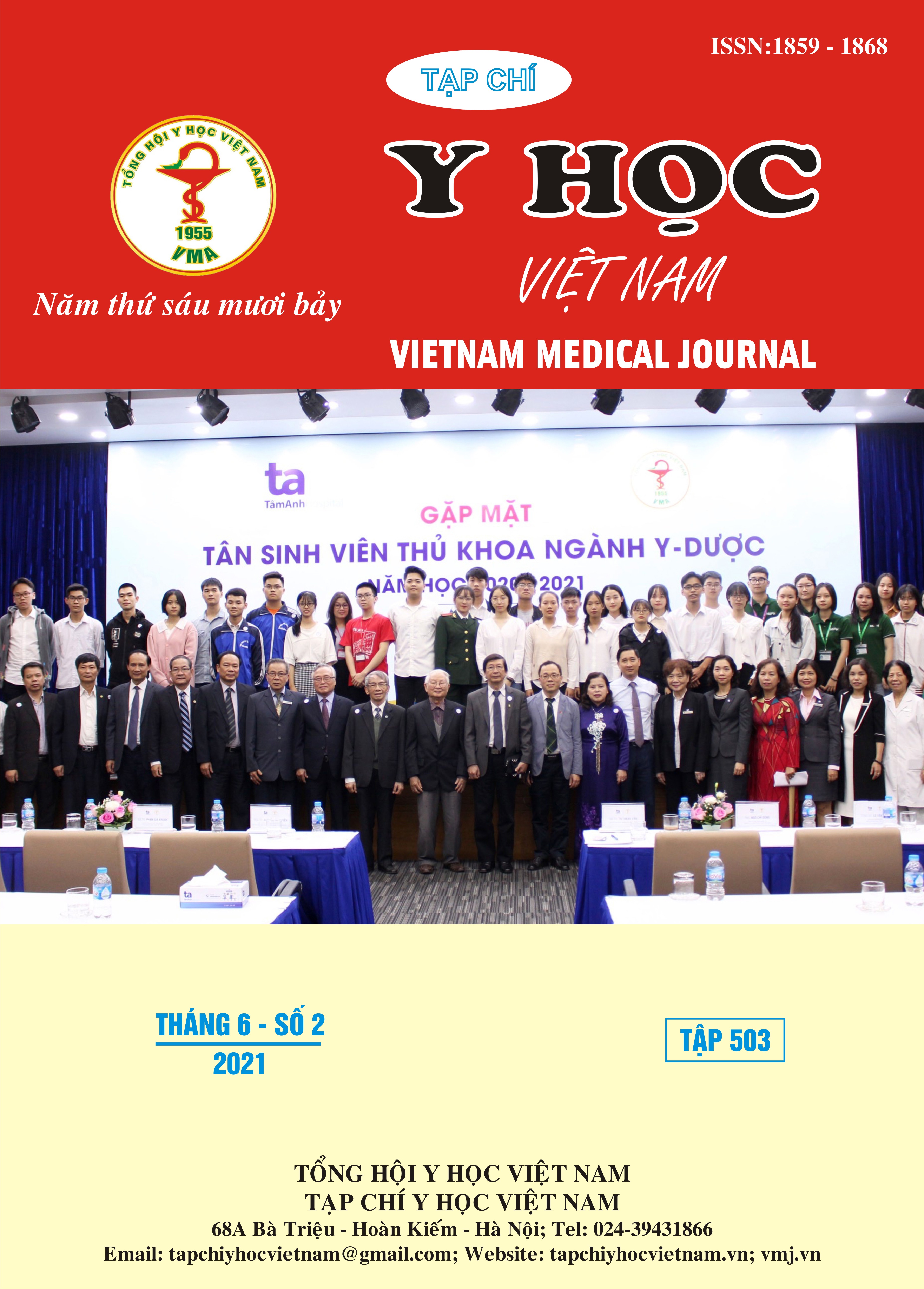OUTCOME OF DIAGNOSTIC LAPAROSCOPY IN CHRONIC ABDOMINAL CONDITIONS WITH UNCERTAIN DIAGNOSISAT HA NOI MEDICAL UNIVERSITY HOSPITAL
Main Article Content
Abstract
Objectives: To describe clinical characteristics, laboratory results and evaluate early outcomes of Diagnostic laparoscopyat Ha Noi medical University hospital. Methods: Cross sectional, descriptive retrospective studys. Results: There were 34 (89,5%) cases of peritoneal tuberculosis, 3 (7,9%) cases of chronic inflammation and the rest of cancer. Average age was 52,3 ± 17,8. Female / Male ratio: 1.1/1. Mean surgical time was 49,5 ± 9,1 minutes. The average postoperative day of hospitalization was 4,6 ± 1,2days. No intra-operative complications. Conclusion: Chronic Abdominal Conditions with Uncertain Diagnosis can be diagnosed safely and precisely by diagnostic laparoscopy.Keywords: Diagnostic laparoscopy.
Article Details
Keywords
Diagnostic laparoscopy
References
2. American Thoracic Society. Diagnostic standards and classification of tuberculosis. Tuberculin skin test. Am Rev Respir Dis; 1990; 142:732-5.
3. Chetan R Kulkarni, et al. Laparoscopy as a Diagnostic Tool in Ascites of Unknown Origin; 2018; 21(2): 124-131.
4. Davis CJ, Filipi CJ et al. History of endoscopic surgery. In: Arregui ME; Principles of Laparoscopic Surgery: Basic and Advanced Techniques. New York: Springer-Verlag; 1995; 112: 79-83.
5. Han CM et al. Diagnostic laparoscopy in ascites of unknown origin: Chang Gung Memorial Hospital 20-year experience. Chang Gung Med J; 2008; 31(4):378‐383.
6. Kallakuri Sailaja et al. Role of Diagnostic Laparoscopy in Chronic Abdominal Pain; 2018; 16(1): 65-72.
7. Porcel A. Value of laparoscopy in ascites of undetermined origin. Rev Esp Enferm Dig; 1996; 88(7): 485-9.
8. Salky BA, Edye MB. The role of laparoscopy in the diagnosis and treatment of abdominal pain syndromes. Surg Endosc; 1998; 12(7):911‐914.


